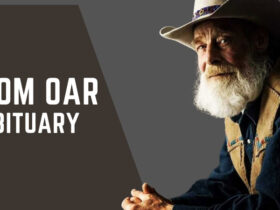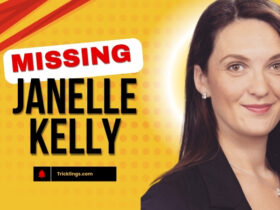Have you ever thought about how you’d react if someone lost consciousness right in front of you? In emergencies, your response time can be critical.
Learning CPR and First Aid gives you the ability to act quickly and confidently. However, with so many training programs out there, finding the right one can be a bit challenging.
This article will help identify what to look for in a CPR and First Aid course that meets your needs. Read on!
Check for Certification Recognition
Always choose a course that gives you certification that is recognized across the country or the world. Organizations like the American Heart Association and the Red Cross usually back programs that you can trust.
Certified training makes sure that the skills are safe and widely used. This is especially important for people who work in fitness, health care, or child care. Also, getting certified can give you peace of mind that the training is real and helpful.
Decide Between Online, In-Person, or Blended Learning
Courses now come in various formats-online, in-person, or a mix of both. In-person classes offer hands-on practice and immediate feedback.
Online courses give more flexibility but may lack practical experience. Blended options combine the best of both worlds. Choose the format that matches your schedule and preferred learning style.
Look at the Course Content
A good CPR and First Aid course should cover a wide range of emergency topics. This includes CPR for adults, children, and infants, as well as how to use an AED.
First Aid sections should explain how to treat wounds, burns, choking, and more. The best courses also include real-life scenarios to help you practice your response. Visit the website of each training provider to see a full course outline and compare options.
Consider Instructor Experience and Teaching Style
An experienced instructor can make a big difference in how well you learn. Look for someone with a background in emergency care or medical training.
Good instructors explain things clearly and make the class engaging. They should also be patient and open to questions. Reading reviews or testimonials can help you learn about the instructor before signing up.
Review Class Size and Practice Opportunities
Small class sizes often lead to better learning experiences. When the group is small, students get more one-on-one help from the instructor.
Hands-on practice is also easier in smaller groups. Ask how much time is spent practicing skills like chest compressions or bandaging. Practice builds confidence so you’re ready when real emergencies happen.
Compare Prices and Additional Perks
Price is another important factor, but the cheapest course isn’t always the best value. Some classes include extra materials like manuals, pocket masks, or digital certificates.
Others offer refresher sessions at a discount or let you retake the class for free. Make sure you know what’s included in the price. Spending a little more for a quality course is often worth it in the long run.
Selecting an Appropriate CPR and First Aid Program
You should be smart and responsible when you choose the right CPR and First Aid course. Whichever course fits your needs, budget, and way of life is the best one. It should be taught by people with a lot of experience and come with a certification that you can trust.
You’ll feel more ready to help in a medical emergency if you get the right training. These skills are useful for life, whether you need them for work or your own safety.










